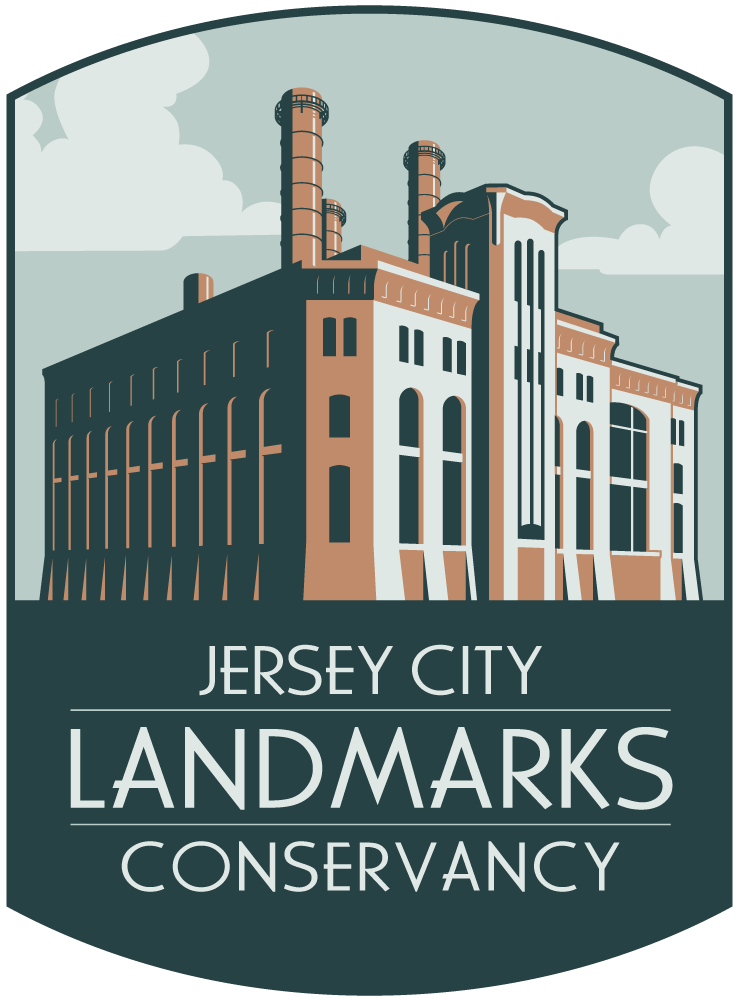Preservation New Jersey’s 2024 “10 Most Endangered Historic Places”
PRESERVATION NEW JERSEY has just released its 2024 top-ten list of threatened historic sites and places in New Jersey — timed strategically with the start of Preservation Month!
Jersey City indirectly made this year’s 10 Most Endangered Historic Places in New Jersey list by being mentioned within the context of a long-overdue thematic category: Urban Historic Districts Statewide
The Jersey City Landmarks Conservancy recognizes that Jersey City’s historic districts — in spite of regulatory policies and protections in place since the 1970s — are increasingly pressured by out-of-control development and the lack of a consistent and cohesive vision in the current administration’s divisions and offices of city planning, zoning, redevelopment, and historic preservation.
JC Landmarks calls on Mayor Steven Fulop and his administration to react meaningfully to PNJ’s thematic listing by changing the course of historic preservation in Jersey City so that strengthened and equitable preservation laws and regulations prevent further district encroachments, inappropriate interventions, and architectural and cultural losses that affect all communities.
Preservation New Jersey in its press release states:
Placement of this theme — all historic districts within urban cities within the State of New Jersey, such as Trenton, Plainfield, Jersey City, Hoboken, Newark, Paterson, and Camden — acknowledges the importance and calls to action to preserve our rich and diverse history within urban communities.
Historic districts are often victim to redevelopment and out-of-context development, lack of preservation guidelines and ordinances to prevent integrity loss and demolitions, and lack of support for preservation-friendly outcomes from municipal leaders and Planning/Zoning Board officials. It is well documented that residents of historic districts and local historic preservation commissions continue to struggle with lack of support and changing attitudes towards preservation.
By engaging in this program, we hope to achieve the following:
addressing up-to-date inventories of historic structures and resources within urban historic districts;
educate and offer preservation workshops to local Planning and Zoning officials to ensure positive outcomes; and
encourage local leaders to support programs and opportunities for maintaining historic and cultural resources within their communities. This would include thinking more deeply on ways in which new projects can respect the history and value of a place while responding to the high demands for housing and amenities. Both redevelopment and historic preservation can work in conjunction when they are corresponding and respecting scale and stylistic guidelines of Historic Districts. The key goal is to prevent further loss of a community’s architectural fabric.


